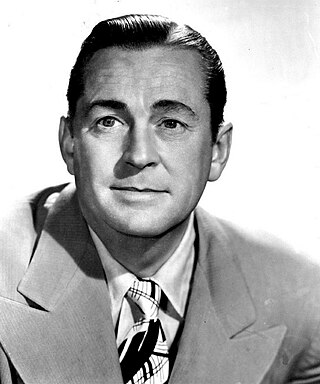
James Howard Dunn, billed as Jimmy Dunn in his early career, was an American stage, film, and television actor, and vaudeville performer. The son of a New York stockbroker, he initially worked in his father's firm but was more interested in theater. He landed jobs as an extra in short films produced by Paramount Pictures in its Long Island studio, and also performed with several stock theater companies, culminating with playing the male lead in the 1929 Broadway musical Sweet Adeline. This performance attracted the attention of film studio executives, and in 1931, Fox Film signed him to a Hollywood contract.

Mabel Ida Albertson was an American actress of television, stage, radio and film who portrayed Phyllis Stephens in the TV sitcom Bewitched.

A Gentleman of Leisure is a novel by P. G. Wodehouse. The basic plot first appeared in a novella, The Gem Collector, in the December 1909 issue of Ainslee's Magazine.

Boys Will Be Boys is a 1935 British comedy film directed by William Beaudine which stars Will Hay, Gordon Harker and Jimmy Hanley. The film is set at Narkover School, where headmaster Doctor Alec Smart becomes involved in the disappearance of a valuable necklace.
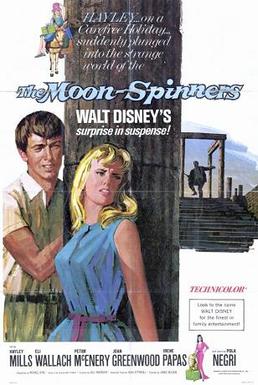
The Moon-Spinners is a 1964 American mystery film starring Hayley Mills, Eli Wallach and Peter McEnery in a story about a jewel thief hiding on the island of Crete. Produced by Walt Disney Productions, the film was loosely based upon a 1962 suspense novel by Mary Stewart and was directed by James Neilson. It featured the legendary silent film actress Pola Negri in her final screen performance.
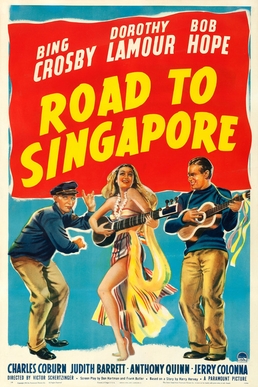
Road to Singapore is a 1940 American semi-musical comedy film directed by Victor Schertzinger and starring Bing Crosby, Dorothy Lamour and Bob Hope. Based on a story by Harry Hervey, the film is about two playboys trying to forget previous romances in British Singapore, where they meet a beautiful woman. Distributed by Paramount Pictures, the film marked the debut of the long-running and popular "Road to ..." series of pictures spotlighting the trio, seven in all. The supporting cast features Charles Coburn, Anthony Quinn, and Jerry Colonna.
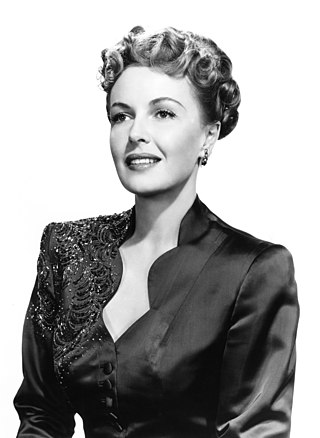
Mary Frances Gifford was an American actress who played leads and supporting roles in many 1930s and 1940s movies.

Every Night at Eight is a 1935 American comedy musical film starring George Raft and Alice Faye and made by Walter Wanger Productions Inc. and Paramount Pictures. It was directed by Raoul Walsh and produced by Walter Wanger from a screenplay by C. Graham Baker, Bert Hanlon and Gene Towne based on the story Three On a Mike by Stanley Garvey.
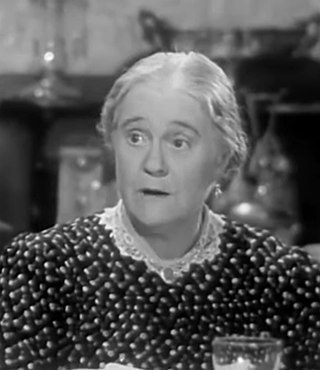
Mary Gordon was a Scottish actress who mainly played housekeepers and mothers, most notably the landlady Mrs. Hudson in the Sherlock Holmes series of movies of the 1940s starring Basil Rathbone and Nigel Bruce. Her body of work included nearly 300 films between 1925 and 1950.
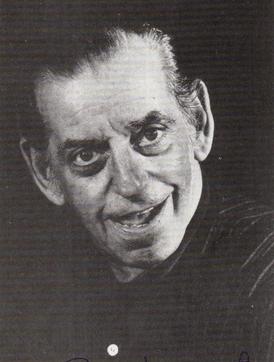
Ben Holden Driver Warriss was an English comedian and the first cousin of fellow comedy actor Jimmy Jewel. Allegedly the two cousins were born in the same bed and brought up in the same household at 52 Andover Street, Sheffield. He was the son of Benjamin Holden Joseph Warriss, an insurance company inspector, and his wife, Mary Ann, née Driver, Jewel's mother's sister. He first performed on the stage in 1930. Jimmy Jewel and Ben Warriss came together as professionals in 1934 at the Palace Theatre, Newcastle. Their double act achieved seven Royal Variety Performances, 12 Blackpool summer seasons, a successful radio series and a film of the series. Around 1966, the two went their separate ways, with Warriss performing on stage and Jewel moving into television.
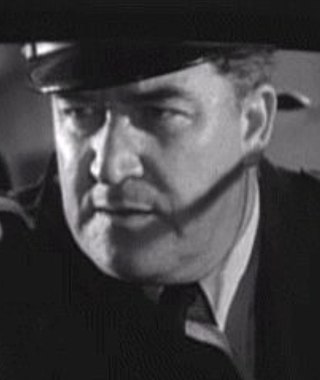
Ralph Dunn was an American film, television, and stage actor.
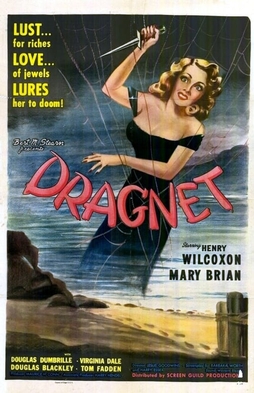
Dragnet is a 1947 American crime film directed by Leslie Goodwins and starring Henry Wilcoxon, Mary Brian, Douglass Dumbrille, Virginia Dale, Don C. Harvey, and Ralph Dunn. The screenplay was written by Barbara Worth and Harry Essex. The original music score was composed by Irving Gertz.

No, No, Nanette is a 1940 American film directed by Herbert Wilcox and based on both the 1919 stage play No, No, Nanette and the 1930 film No, No, Nanette. It was one of several films the British producer/director made with Anna Neagle for RKO studios in the U.S.

Seven Doors to Death is a 1944 American film directed by Elmer Clifton and starring Chick Chandler, June Clyde and George Meeker. The film is a comedy/mystery film that was written by Clifton, a prolific independent film director of the era.

Adventure in Diamonds is a 1940 American crime film directed by George Fitzmaurice and starring George Brent, Isa Miranda, John Loder and Nigel Bruce. It was also released under the alternative title of Diamonds are Dangerous.

The Great Smokey Roadblock is a 1977 comedy road film written and directed by John Leone. It stars Henry Fonda, Eileen Brennan, John Byner, Dub Taylor and Daina House. The film is also known as The Goodbye Run and The Last of the Cowboys.
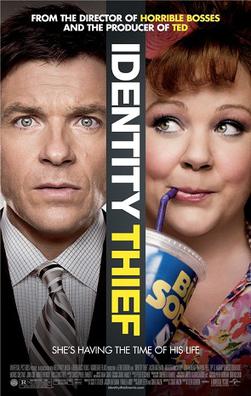
Identity Thief is a 2013 American road comedy film directed by Seth Gordon, written by Craig Mazin from a story by Mazin and Jerry Eeten, and starring Jason Bateman and Melissa McCarthy. The film tells the fictional story of Sandy Patterson, a man whose identity is stolen by a female con artist. After the police told him that it will take up to a year to solve the case, Sandy embarks on a cross-country road trip to find her and clear his name.
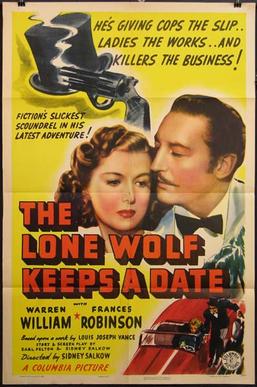
The Lone Wolf Keeps a Date (1941) is the sixth Lone Wolf film produced by Columbia Pictures. It features Warren William, in his fourth appearance as the title character Lone Wolf, and Edward Gargan, Lester Matthews and Don Beddoe as the film's antagonists. The film was directed by Sidney Salkow and written by Salkow and Earl Felton.

Paul Bryar was an American actor. In a career spanning nearly half a century, he appeared in numerous films and television series.

Mercy Plane is a 1939 American aviation crime drama film directed by Richard Harlan and starring James Dunn, Frances Gifford, William Pawley, and Matty Fain. The plot involves military aircraft being stolen by "hot plane" thieves, to be re-sold to new owners, with most of the world at war, presumably to war-torn countries. With location filming done at Alhambra Airport, California, the film features numerous aircraft models, including the Lockheed Model 12 Electra Junior as the "Mercy Plane". Lead actor Dunn, a licensed pilot, did his flying in the film.





















